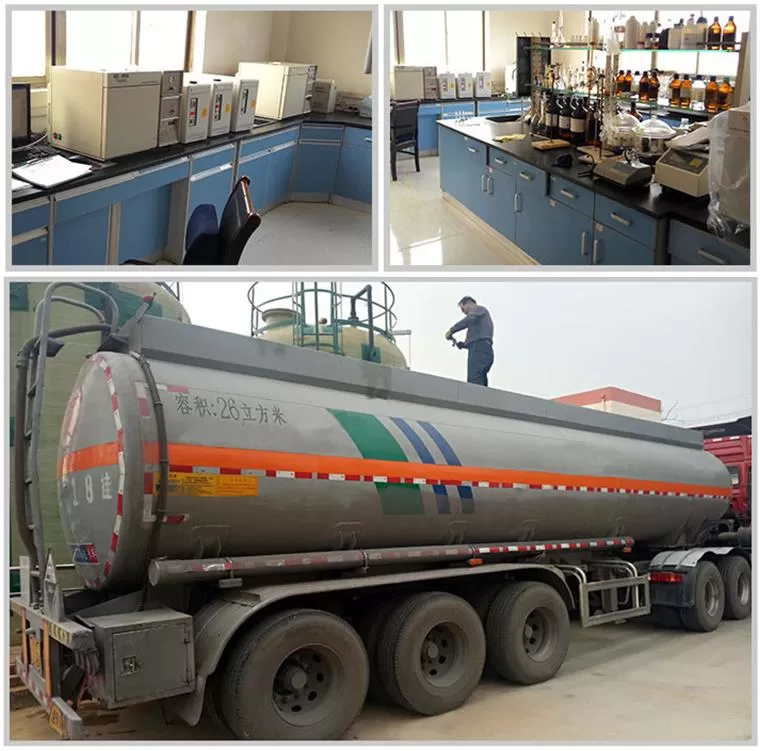Product Introduction
Carbon Source
As the name implies, a carbon source is a substance containing carbon elements. It can be utilized, decomposed, and consumed by microorganisms. There are many types of substances that can serve as carbon sources, with the most common ones including: carbohydrates, lipids, organic acids, organic acid esters, and small-molecule alcohols.
Characteristics
A complex carbon source (a combination of multiple carbon sources) can fully meet the needs of sewage treatment. It avoids the eutrophication of water bodies, a problem that is prone to occur with single carbon sources, making it a widely used type of carbon source.
Applications
The characteristics of complex carbon sources are as follows: faster denitrification rate, lower sludge production, and high chemical oxygen demand (COD) equivalent.


